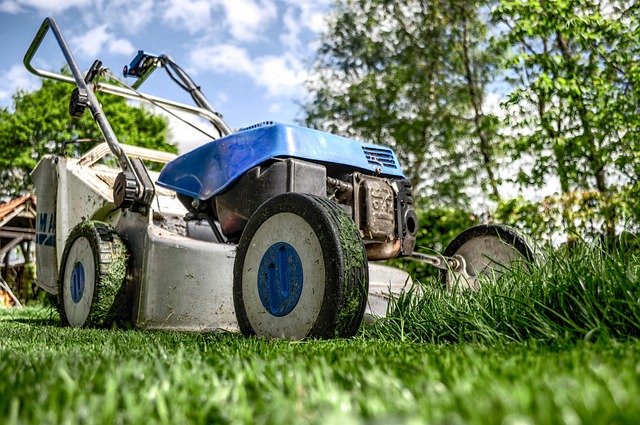Routine repair and organization plan for year-round upkeep
A steady, scheduled approach to repairs and organization keeps indoor and outdoor spaces functioning through changing seasons. This plan outlines repeatable tasks for interiors and landscapes—covering irrigation, ventilation, pruning, composting, decluttering, and pollinator-friendly practices—to reduce surprises and support long-term condition.

A year-round upkeep plan balances regular small tasks with seasonal projects to prevent bigger repairs and maintain both interiors and outdoor spaces. Scheduling attention to irrigation systems, ventilation, and structural items like hardscaping reduces emergency work. Combining routine decluttering and tool maintenance with garden practices such as pruning, mulching, composting, and pest control preserves value and supports plant health. Thoughtful planning also creates space for pollinator-friendly plantings and improves resilience across weather cycles.
Landscaping and hardscaping inspections?
Inspect landscaping and hardscaping monthly for early signs of wear. Check retaining walls, patios, and paths for settling, cracks, or loose pavers and clear gutters and drainage channels to prevent water buildup. Trim back overhanging branches that can damage surfaces and inspect edging for erosion. Routine cleanup of leaves and debris improves appearance and prevents slipped mortar or staining. Scheduling minor repairs in spring or fall—when weather is moderate—keeps small defects from becoming costly structural problems.
Irrigation and plant care routines?
Test irrigation zones at each seasonal change and adjust run times with temperature and rainfall. Replace worn sprinkler heads, clear clogged emitters, and winterize systems in cooler climates to prevent freeze damage. Match watering frequency to soil moisture rather than a fixed calendar to avoid overwatering. For plant care, maintain a pruning and fertilization schedule suited to species, and monitor containers more frequently since they dry faster. Keep a written irrigation map and meter readings to optimize water use and spot leaks early.
Composting and soil health steps?
Set up a simple composting routine to recycle yard waste and kitchen scraps into soil amendment. Turn compost weekly to speed decomposition and monitor moisture: the pile should be damp but not soggy. Apply finished compost annually to planting beds and containers to improve soil structure, nutrient availability, and water retention. Use compost alongside mulching to protect roots and reduce evaporation. Regular soil checks—pH and texture—help you select appropriate amendments and maintain a productive growing environment.
Pruning, mulching, and pest control?
Prune at species-appropriate times to encourage healthy growth and reduce disease, removing dead or crossing branches to improve airflow. Apply mulch around beds and trees to stabilize soil temperature, retain moisture, and suppress weeds; refresh mulch annually or as it decomposes. Monitor for pest control through visual checks and sticky traps; prioritize cultural and mechanical controls such as sanitation, barrier methods, and encouraging beneficial insects. Use targeted treatments only when necessary and follow label guidance to minimize impacts on pollinators and beneficial organisms.
Interiors: decluttering, ventilation, and storage?
Tackle decluttering by room each season to maintain functional interiors and reduce dust that can impair ventilation. Inspect and clean HVAC filters, check exhaust fans in kitchen and baths, and ensure vents are unobstructed to maintain indoor air quality. Organize storage for seasonal tools and supplies so items for yard and garden upkeep are accessible when needed. Implement shelf and bin systems for small parts and fasteners, and keep a maintenance log for appliances and structural items to track repairs and warranties.
Supporting pollinators and seasonal checklists?
Incorporate pollinator-friendly plantings—native species and staggered bloom times—to support biodiversity and garden resilience. Create seasonal checklists: spring for pruning and system start-ups; summer for irrigation adjustments and pest monitoring; fall for cleanup, mulching, and winterizing; winter for tool maintenance and planning. Maintain a calendar with monthly tasks and a rotating annual inspection list for roofs, gutters, and major hardscaping. Predictable cycles reduce surprises and make upkeep manageable throughout the year.
Regular routines for repair and organization save effort and expense over time. By combining monthly habits with seasonal projects and clear records of work and materials, homeowners can protect both interiors and landscapes. Integrating irrigation maintenance, composting, pruning, mulching, pest control, decluttering, and ventilation checks into a written plan supports healthier plants, safer structures, and a more resilient home environment. Small, consistent actions add up to meaningful preservation and usability across seasons.





